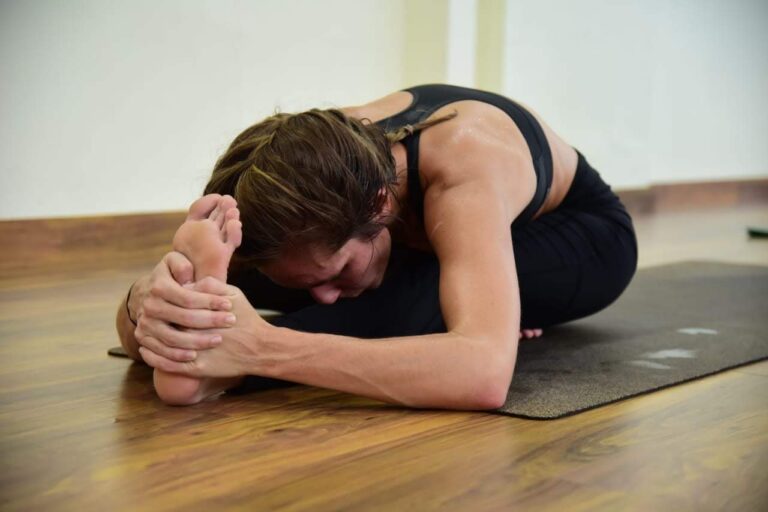Why Yoga Postures
What is Yoga Asana?
All ABOUT YOGA ASANA
In the Yoga Sutras of Patanjali there is a concise definition of yogasana: “Sthiram sukham aasanam “, meaning ‘that position which is con1fortable and steady’. In this context, asanas are practised to develop the ability to sit comfortably in one position for an extended period of time, an ability necessary for meditation.
Raja yoga equates yogasana to the stable sitting position. The hatha yogis, however, found that certain specific body positions, asanas, open the energy channels and psychic centres. They found that developing control of the body through these practices enabled them to control the mind and energy.
Yogasanas became tools to higher awareness, providing the stable foundation necessary for the exploration of the body, breath, mind and higher states. For this reason, asana practice comes first in hatha yoga texts such as Hatha Yoga Pradipika. In the yogic scriptures it is said that there were originally 8,400,000 asanas, which represent the 8,400,000 incarnations every individual must pass through before attaining liberation from the cycle of birth and death. These asanas represented a progressive evolution from the simplest form of life to the most complex: that of a fully realized human being. Down through the ages the great rishis and yogis modified and reduced the number of asanas to the few hundred known today. Of these few hundred, only the eighty-four most useful are discussed in detail. Through their practice, it is possible to side-step the karmic process and bypass many evolutionary stages in one lifetime.

How Yoga asanas and Prana is connected?
Prana, vital energy, which corresponds to ki or chi in Chinese medicine, pervades the whole body, following flow patterns, called nadis, which are responsible for maintaining all individual cellular activity. Stiffness of the body is due to blocked prana and a subsequent accumulation of toxins. When prana begins to flow, the toxins are removed from the system, ensuring the health of the whole body. As the body becomes supple, postures which seemed impossible become easy to perform, and steadiness and grace of movement develop. When the quantum of prana is increased to a great degree, the body moves into certain postures by itself and asanas, mudras and pranayama’s occur spontaneously.
Thanks for Reading This, Please Check Our Upcoming Yoga Teacher Training courses.
More Yoga Links:
✔ 200 hour yoga teacher training in goa,India
✔ 200 hour yoga teacher training in Rishikesh,India
✔ 100 hour yoga teacher training in Rishikesh,India
✔ 100 hour yoga teacher training in goa,India
✔ 100 hour yoga teacher training in goa,India
✔ Ashtanga teacher training in goa,India
✔ Vinyasa yoga teacher training in goa,India
✔ 100 hour yoga teacher training in Rishikesh,India
✔ yoga teacher training in Goa,India

